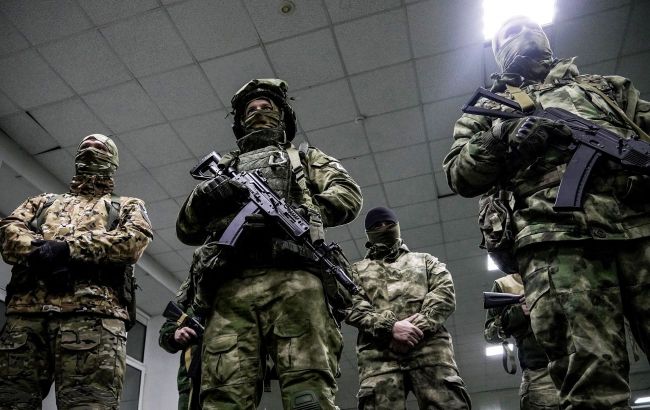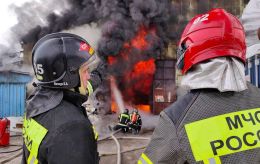Recruitment of soldiers from Central Asian countries could result in series of conflicts for Russia
 Recruiting soldiers from Central Asian countries could lead to a series of conflicts for Russia (Photo: Getty Images)
Recruiting soldiers from Central Asian countries could lead to a series of conflicts for Russia (Photo: Getty Images)
Attempts by Russia to create new military units or significantly replenish losses in existing units by recruiting soldiers from Central Asian countries could become a source of tension and even conflicts between Russia and its Central Asian neighbors, according to the Institute for the Study of War (ISW).
According to analysts at ISW, the Kremlin's insistence on using the populations of Central Asian countries to replenish losses may create friction between Russia and its neighbors. Central Asian countries are increasingly using laws against mercenaries to punish citizens who fought on the side of Russia against Ukraine.
Yes, on November 28, a court in Kazakhstan sentenced Oleksii Shompolov to six years and eight months of imprisonment on charges of mercenaries. It is reported that Shompolov fought in an artillery unit of the Wagner Private Military Company near Bakhmut. Similar decisions have been made by the courts in Uzbekistan and Kyrgyzstan.
Russian right-wing radical sources have criticized the authorities of Kazakhstan, accusing them of allegedly holding an "anti-Russian" stance. ISW experts note that if the number of such cases increases, the level of tension in Russian society and international relations may change.
Key findings from ISW
- Russia's apparent inability to create a cohesive command structure among the defending forces on the left bank of the Kherson region continues to erode morale and combat capabilities.
- The Russian troop grouping "Dnieper" consists of disparate elements of recently transferred units that have degraded and newly formed units.
- Poland is considering the possibility of sending military advisors to Finland in response to Russia's attempts to artificially create a migration crisis on the Finnish-Russian border.
- Russian forces have continued offensive operations along the Kupiansk-Svatove line and in the area of Bakhmut but have not achieved any confirmed successes.
- The Russian authorities persist in efforts to destroy Ukrainian culture and identity in the occupied part of Ukraine.
Previously, reports indicated that Russians were actively bringing migrants from Asia to the temporarily occupied territories of Ukraine. Many of them later joined criminal groups to terrorize the Ukrainian population.

